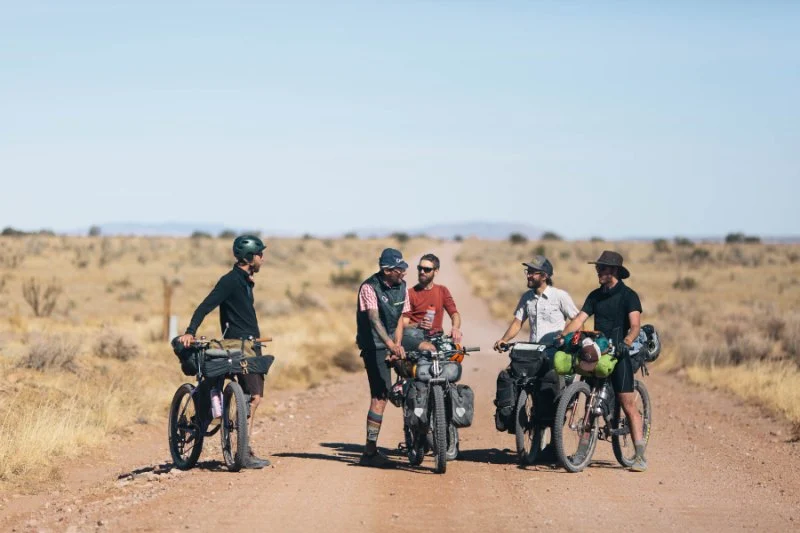
- choosing-the-right-route
- essential-gear-for-bikepacking
- planning-for-food-and-water
- safety-and-navigation-strategies
- real-stories-from-bikepackers
- professional-support-and-resources
1. Choosing the Right Route
When learning how to plan a bikepacking adventure, your first step should always be route selection. Whether you’re aiming for rugged mountain trails or smoother countryside paths, the difficulty should match your skill level. Beginners often start with weekend loops near their city, while experienced cyclists may attempt multi-day cross-country rides. A carefully chosen route helps prevent exhaustion and ensures a more enjoyable journey.
2. Essential Gear for Bikepacking
2.1 Selecting the Bike
Not every bike is built for bikepacking. Gravel bikes and hardtail mountain bikes are among the most popular choices. They offer durability, stability, and the capacity to carry extra weight comfortably.
2.2 Bags and Packing
Frame bags, handlebar rolls, and saddle packs are designed to distribute weight evenly. Lightweight and weather-resistant materials are key to keeping your gear dry and manageable. Overpacking is one of the most common mistakes—packing only essentials ensures balance and efficiency.
3. Planning for Food and Water
3.1 Meal Preparation
While energy bars and dehydrated meals are staples, preparing simple recipes like instant noodles with fresh vegetables can improve morale on longer trips. Some riders even pre-cook meals and vacuum-seal them for convenience.
3.2 Water Management
Carrying sufficient water is critical. Many bikepackers install frame-mounted water bottles and use hydration bladders. In remote areas, a compact water filter or purification tablets are lifesavers. Planning resupply points along your route reduces the risk of running out.
4. Safety and Navigation Strategies
Safety is a priority when planning a bikepacking adventure. GPS devices, physical maps, and offline mobile apps help you stay on track. Riders should also prepare for emergencies by carrying a first-aid kit and multi-tool. Always share your travel plan with a trusted contact before departure. Small steps like these can make a huge difference when unexpected situations arise.
5. Real Stories from Bikepackers
A rider in Colorado once shared how poor planning left him without food for nearly 24 hours on a mountain trail, teaching him the importance of mapping out resupply towns. On the other hand, a couple in New Zealand successfully completed a three-week bikepacking trip across the South Island, crediting their detailed planning for smooth sailing through unpredictable weather. These stories highlight how preparation shapes experiences.
6. Professional Support and Resources
Planning everything alone can feel overwhelming, but professional resources make it easier. At Cycling Guider, you can find recommended gear, route suggestions, and services that match your adventure goals. Leveraging expert advice not only saves time but also ensures your trip is safer and more enjoyable.

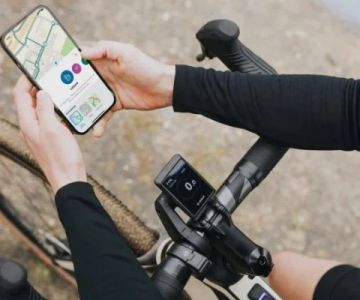





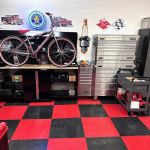 Billet BMX5.0 (2 reviews)
Billet BMX5.0 (2 reviews)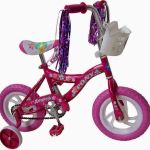 Far East Children Bicycle Factory1.0 (1 reviews)
Far East Children Bicycle Factory1.0 (1 reviews) Archer Motorsports, Inc.4.0 (8 reviews)
Archer Motorsports, Inc.4.0 (8 reviews) YEP Bike Works4.0 (55 reviews)
YEP Bike Works4.0 (55 reviews) Gorham Bike & Ski4.0 (498 reviews)
Gorham Bike & Ski4.0 (498 reviews) Alchemy Bikes4.0 (37 reviews)
Alchemy Bikes4.0 (37 reviews) How to Teach Kids to Ride a Bike: A Step-by-Step Guide for Parents
How to Teach Kids to Ride a Bike: A Step-by-Step Guide for Parents Tips for Riding on Busy City Streets: Smart Strategies for Urban Cyclists
Tips for Riding on Busy City Streets: Smart Strategies for Urban Cyclists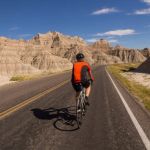 Best US National Parks for Mountain Biking: Ride Epic Trails Across America
Best US National Parks for Mountain Biking: Ride Epic Trails Across America Best Aero Helmets for Time Trials and Racing
Best Aero Helmets for Time Trials and Racing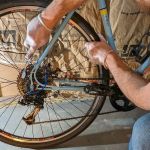 How to Clean and Lubricate Your Bike Chain Like a Pro
How to Clean and Lubricate Your Bike Chain Like a Pro 10 Must-Have Items for Long-Distance Cycling Trips
10 Must-Have Items for Long-Distance Cycling Trips